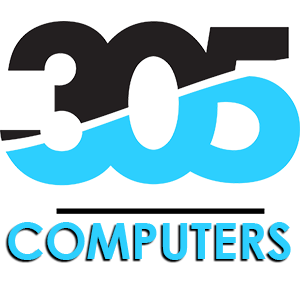A secondary server, this is not a mirrored server, but a simple shared drive on another PC within the same network which you can then map to all stations as a “Z” drive.It’s a peer-to- peer network drive sharing. If you do this and your server dies, all you have to do is tap into the “Z” drive to see all of your documents. – Wilson Alvarez 12-2012
Secondary Server
The vast majority of our modern population incorporates computers as part of our daily lives, and this is especially true in a corporate environment. With so many computers processing data, completing tasks, and countless other activities, we generate large amounts of data. Today data is one of the most valuable aspects of modern life. With data playing such a pinnacle roll in a corporation’s ability to function, data management and preservation policies are a top priority.
A ransomware attack gains access to your private network and encrypts all of your files. There is no protection against ransomware outside of backing up your data. Encrypted files can only be recovered by paying a hefty ransom to the bad guys. If your office environment has implemented effective data backup strategies such as peer-to-peer drive sharing, ransomware attacks will have a minimal effect.
In most office environments, servers are used to manage data. Servers allow multiple users to access, update, and query data. Servers are great tools for both data backup access, and they can be expensive and require extensive human resources to configure. A practical and more affordable approach to data backup is a peer-to-peer network drive sharing. Peer to peer network solutions are relatively easy to implement and maintain while offering similar functionality of a server.
Peer to peer file sharing allows network administrators to designate one machine with a large hard drive that will act as a virtual server. In most cases, a shared hard drive will be labeled as the Z drive. We can then map this Z drive to all the workstations in an office environment to allow access from other networked computers.
Setup
There is a peer-to-peer software available that can be installed on each computer to allow peer-to-peer drive sharing. As part of the Windows operating system, peer-to-peer drive sharing is integrated and reasonably easy to implement.
The first step in peer-to-peer drive sharing is to create a folder or directory where your data will be accessible by users in your office environment.
Next, open the newly created file’s properties and open the sharing interface, located in advanced. From here, you will be prompted to configure access to the shared folder by computer name.
You have the option to either make the file accessible by everyone or specify which workstations will have access to what resources.
Once you select what users can access the folder, set permissions. Permission options include full control change or read.
Wilson Alvarez is a Technology Evangelist residing in Miami, Florida. With extensive knowledge in the field, he has aligned himself with the ultimate resources, blogs and aggregates them via this medium & shares them within his tribe. Gallup says: “He is an Activator, Futuristic, Relator, Ideation and WOO!” If you are interested in taking your business to the next level via his Platform Builder Technology, info@wilsonalvarez.com may be the key to that path. You can just dial 305-Computers as well.


Recent Comments